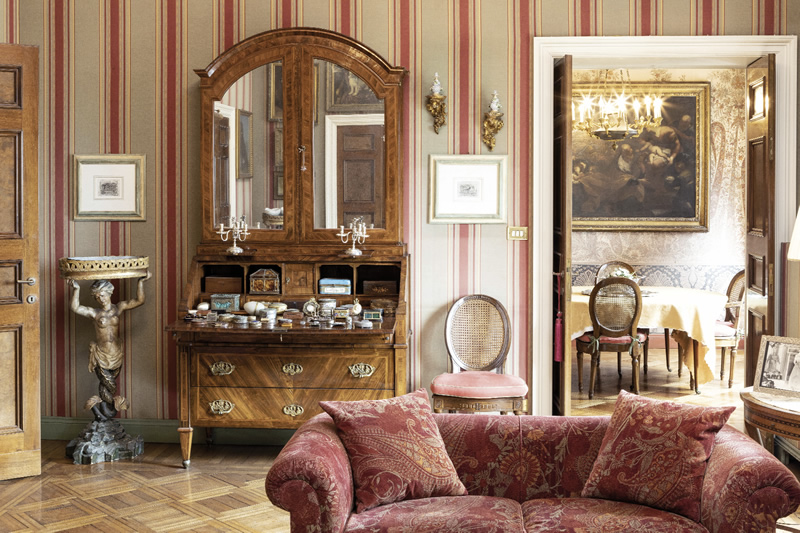by Mauro Tajocchi
Regardless of its size, the house is the ideal museum for a collector. In the history of the great English auction houses, due to the dispersion of the house sale, works of art were made accessible to a wide range of collectors. In addition to their economic or historical-artistic value, such works were important for their origin or for their history or simply for the individual passion, thus becoming part of a harmonious unicum. Still today, besides its aesthetics, we appreciate the atmosphere of a house, a space that cherishes the memory of the different generations who inhabited it. Through the objects, we can grasp a context, endowed with unity and coherence of contents. This is true both for the great patrician and aristocratic residences but also for an object that represents the soul of a collection stratified over time.
In the next auction of Furniture, Sculptures and Objects d’Art, the catalogue focuses on three important works from Naples, Rome and Genoa. Regarding the first, a rare and fanciful pair of Neapolitan folding chests of drawers of the eighteenth century with inlays in lightwood and interior decorated with chinoise in red lacquer and gold is worth mentioning. In the second, the vigorous and elegant convex shape of an eighteenth-century Roman veneered chest of drawers, in rosewood, with frames in gilded bronze stands out. Finally, the entire collection of the Genoese residence should be highlighted, which as a whole becomes a journey back through the collector’s passions of the owner.
Presenting the objects from private collections is therefore essential because the destiny of these small or large works is to be transmitted in time, thus bringing together all those who live art as an intellectual stimulus and source of knowledge, which, through the work of art, becomes awareness of history.





